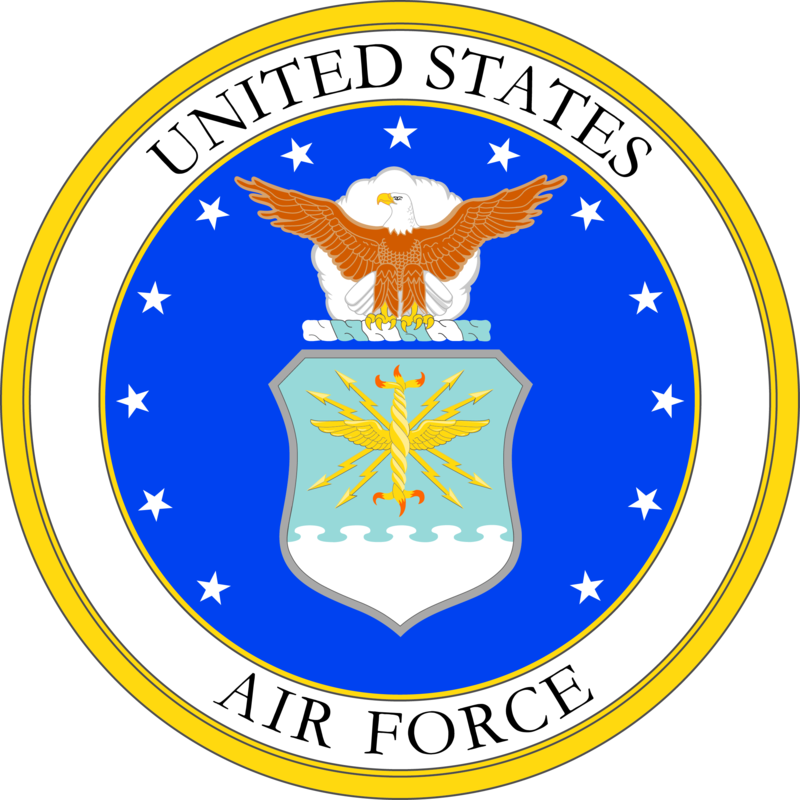ABOUT 322nd Airlift Division
- World War II Origins: The 322nd Airlift Division was first activated as the 322nd Troop Carrier Wing in 1944, providing crucial airlift support in the European Theater during World War II.
- Role in Berlin Airlift: Although not directly assigned, squadrons and personnel later affiliated with the 322nd participated in the famous Berlin Airlift (1948–1949), helping to deliver supplies to West Berlin during the Soviet blockade.
- Redesignation and Reserve Status: The unit was inactivated post-WWII but was reactivated and redesignated several times, eventually becoming the 322nd Airlift Division in 1954 as part of the United States Air Force Reserve.
- Cold War Operations: During the Cold War, the 322nd played a key role in supporting U.S. and NATO forces in Europe, providing airlift and logistical support for various contingency operations.
- Headquarters in France and Germany: The 322nd had its headquarters at several European bases, including Évreux-Fauville Air Base, France, and later Ramstein Air Base, Germany, reflecting changing U.S. strategic priorities.
- Humanitarian Missions: The unit was involved in humanitarian relief, including delivering disaster aid to earthquake victims in Italy in 1980 and famine relief in Africa.
- Vietnam War Support: The 322nd provided logistical and airlift support during the Vietnam War, helping to transport personnel and supplies to Southeast Asia.
- Modernization of Airlift Fleet: Over its history, the 322nd operated a variety of aircraft, including the C-47 Skytrain, C-119 Flying Boxcar, C-130 Hercules, and C-141 Starlifter, reflecting advances in military airlift technology.
- Inactivation in the 1990s: With the end of the Cold War and restructuring of U.S. forces in Europe, the 322nd Airlift Division was inactivated in 1992, concluding nearly five decades of service.
- Legacy of Multinational Coordination: The 322nd’s legacy includes fostering cooperation among U.S. and allied air forces in Europe, setting standards for multinational airlift and logistics operations that continue today.

